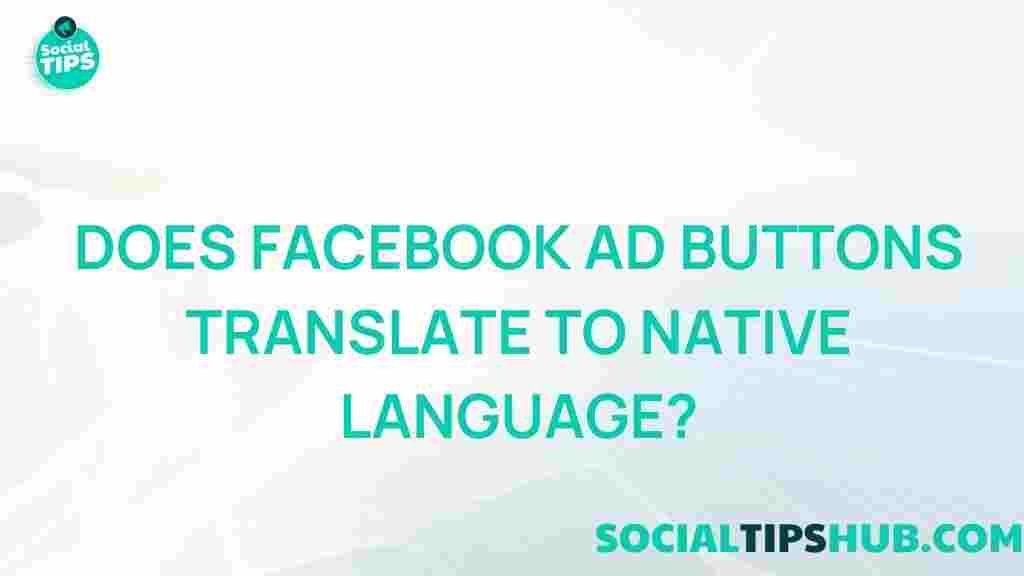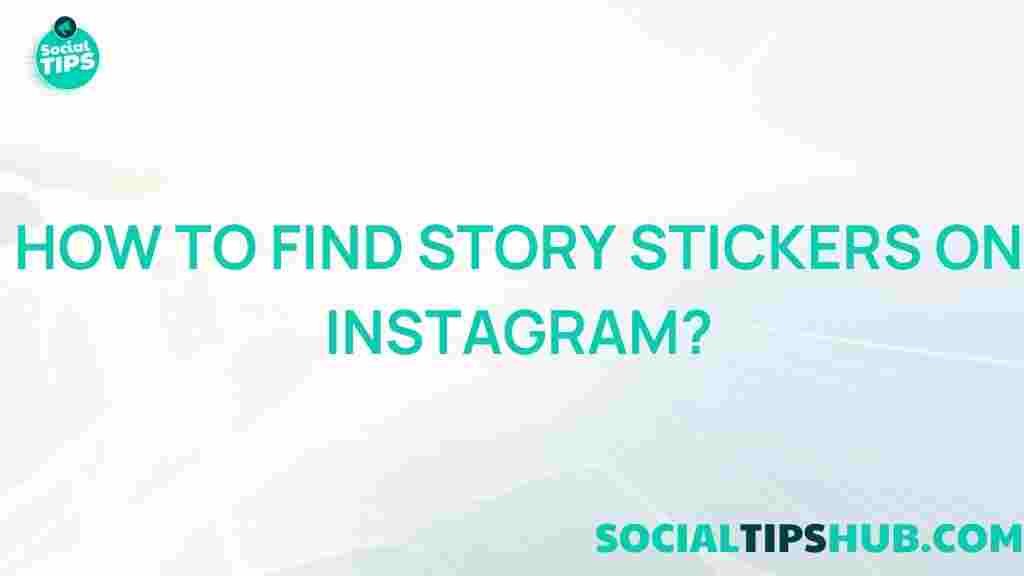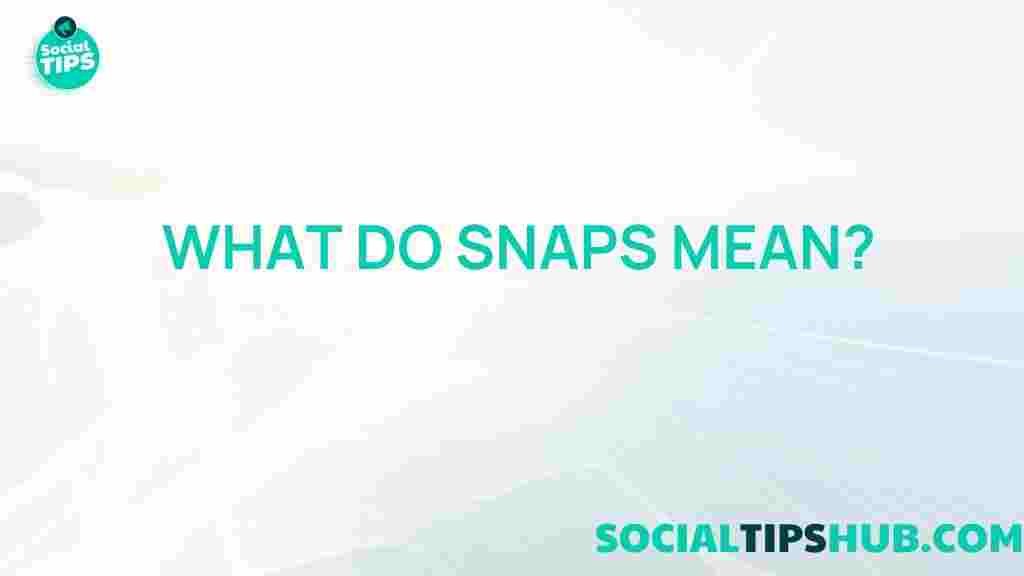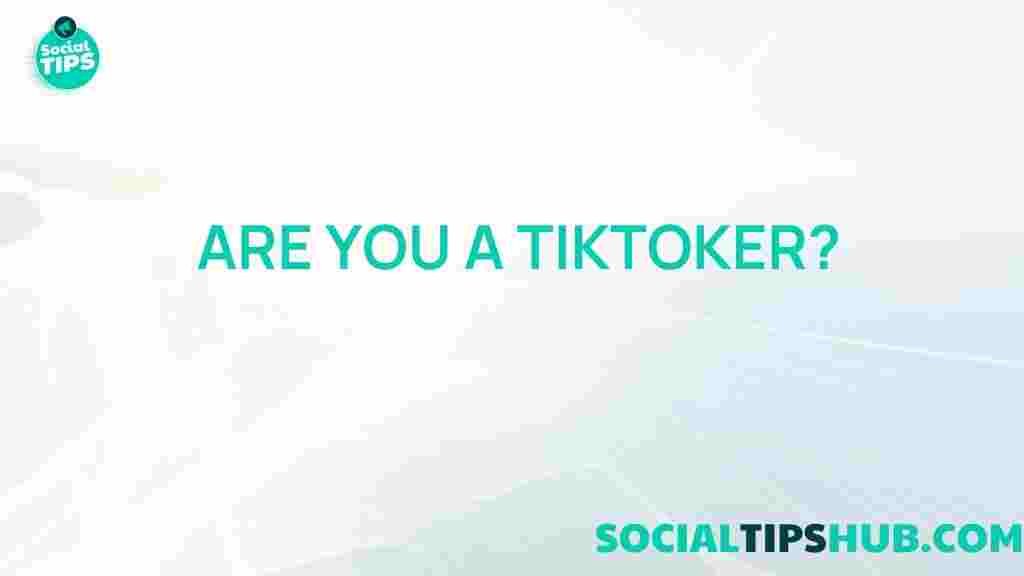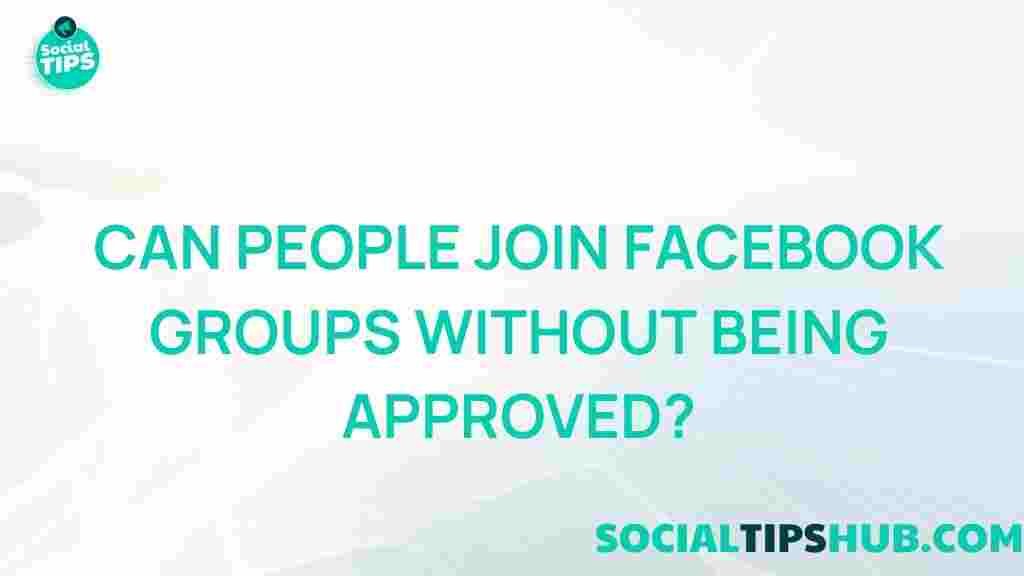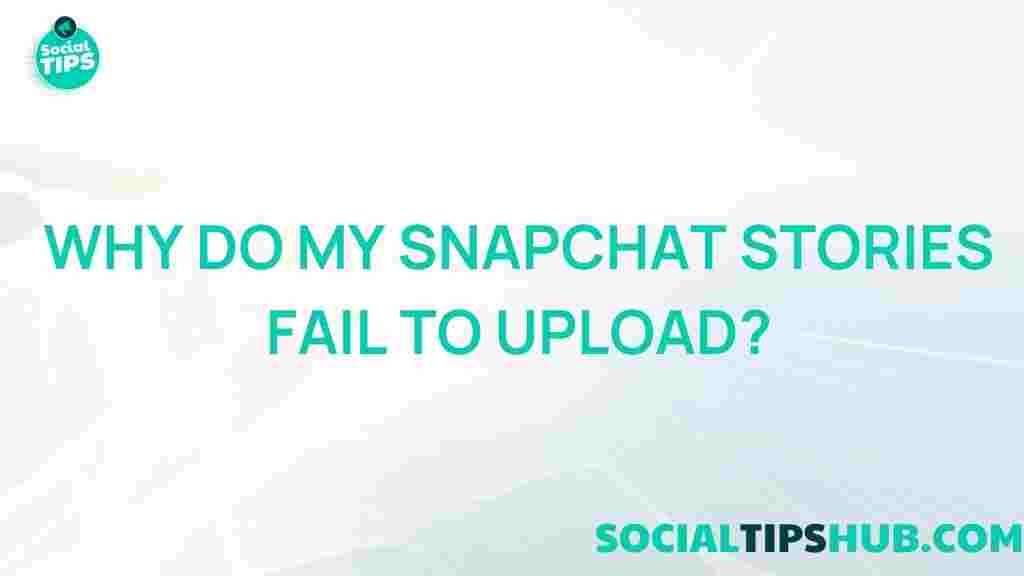Understanding Facebook Ad Button Translations
As Facebook continues to be a dominant force in digital advertising, the importance of connecting with global audiences has never been greater. For businesses and marketers alike, reaching potential customers in their native language is crucial, and the Facebook ad button translation feature aims to make this possible. However, understanding how Facebook translates ad buttons and what this means for your ad performance can be a bit of a mystery.
In this article, we’ll unveil the details behind Facebook ad button translations, explore why they matter, and provide tips on how to make the most of this feature to ensure your ads resonate with an international audience. Let’s dive into the translation process, troubleshoot common issues, and understand how you can optimize your campaigns effectively.
Why Facebook Ad Button Translations Matter
The goal of Facebook’s ad translations is to allow businesses to communicate seamlessly with users across different regions and languages. This is especially important for brands aiming to reach diverse markets. By automatically translating ad buttons, Facebook helps users from various linguistic backgrounds feel more connected to the content, increasing the likelihood of engagement.
- Localized Communication: Users are more likely to engage with ads when they can easily understand the call-to-action (CTA) button.
- Improved User Experience: Translations help create a more user-friendly experience, which is crucial for building trust and rapport.
- Enhanced Ad Performance: Ads with well-translated buttons can improve click-through rates, leading to better overall campaign performance.
The Process Behind Facebook Ad Button Translations
Understanding how Facebook translates ad buttons can help you optimize your ad strategy. Here is a step-by-step breakdown of the process:
1. Detecting User Language Preferences
Facebook detects the language preference of users based on their app settings, location, and sometimes their interactions. When an ad is displayed, the platform automatically adapts the CTA button to the user’s preferred language.
2. Translating the Call-to-Action Button
Once the user’s language is detected, Facebook translates the ad’s CTA button (e.g., “Shop Now,” “Learn More,” “Sign Up”) into the appropriate language. The platform has a library of translations for standard CTA buttons, making this process seamless. However, the translation is only available for specific, commonly used CTAs, so custom buttons may not always be translated.
3. Implementing Machine Learning and Context-Based Translations
Facebook uses machine learning to ensure the accuracy of its translations. This process involves continuously updating its translation models based on context and user feedback. For example, if a specific phrase often appears in a business context, the model will prioritize that business-oriented meaning over others.
4. Updating Translations Based on User Feedback
Facebook collects user feedback on translations to enhance accuracy. If users frequently report inaccuracies, Facebook updates its models to avoid similar errors in the future. This ensures that ad translations improve over time, providing a more accurate experience for global users.
How to Optimize Your Facebook Ads for Multilingual Audiences
Now that you understand the mechanics behind Facebook ad button translations, it’s essential to consider strategies that ensure your ads resonate with a diverse audience. Here are some tips to get you started:
1. Choose Universal Call-to-Action Buttons
Using universal CTAs like “Shop Now” or “Learn More” can help ensure that your ad button is translated correctly. Facebook’s translation library covers these buttons, so your ad is more likely to appear in the user’s preferred language.
2. Write Clear and Concise Ad Copy
Simple language improves translation accuracy. Avoid using slang or idioms, as these can often be mistranslated or misunderstood. For example, instead of using “Hit the ground running,” opt for “Start Now.”
3. Test Different Languages in Your Ads
Consider running A/B tests with different languages in your ad copy to see which performs best. If your target audience speaks multiple languages, testing can provide insights into which language resonates most effectively.
4. Monitor Performance Metrics for Each Language
By analyzing your ad metrics by language, you can see which translations lead to the most engagement. Adjust your strategy based on which versions perform well, focusing on the languages that yield the best results.
5. Use Facebook’s Automatic Language Options
Facebook offers automatic language translations for ads, which allows you to create ads in multiple languages without manually creating separate ads. Simply enable this feature during ad creation, and Facebook will show each user the ad in their preferred language.
Troubleshooting Common Facebook Ad Translation Issues
While Facebook’s translation system is sophisticated, there can still be issues that arise, affecting how users interact with your ads. Below are common problems and solutions to help you troubleshoot translation issues:
Issue 1: Poor Translation Quality
Sometimes, machine translations may miss the mark, particularly with nuanced language or specific industry jargon. If you notice that translated buttons aren’t conveying the right message, consider adjusting your ad copy or using more universal phrasing.
Issue 2: Custom Buttons Not Translated
Custom CTAs, like “Get Your Free eBook,” might not be translated if they don’t match Facebook’s standard CTAs. In such cases, simplify the CTA to one of Facebook’s default options, or consider creating separate ads tailored for each language.
Issue 3: Language Mismatches
If users are reporting language mismatches, this could be due to incorrect user language settings on their accounts. Encourage your followers to update their language preferences on Facebook to improve their experience with your ads.
Issue 4: Low Engagement in Certain Languages
If you notice lower engagement with specific languages, it could indicate that the translation isn’t resonating with users. Try tweaking the copy, or use Facebook’s regional targeting to show ads only in areas where that language is commonly spoken.
Additionally, consider using resources like Facebook’s Developer Resources to stay updated on translation capabilities and improve your ads further.
Final Thoughts: Making the Most of Facebook Ad Translations
Facebook ad button translations are a powerful tool for reaching a global audience, allowing businesses to communicate with potential customers in their native languages. By understanding how this feature works and optimizing your ads accordingly, you can maximize engagement and improve campaign performance.
Remember that while translations are automated, careful selection of CTAs and simple, direct language will yield the best results. Regularly monitor performance and troubleshoot any issues to ensure your ads are effective across different regions. By doing so, you’ll enhance your brand’s visibility and foster better connections with diverse audiences around the world.
For more insights on optimizing your social media advertising, check out our guide on Facebook ad strategies to continue refining your approach.
This article is in the category News and created by SociaTips Team
